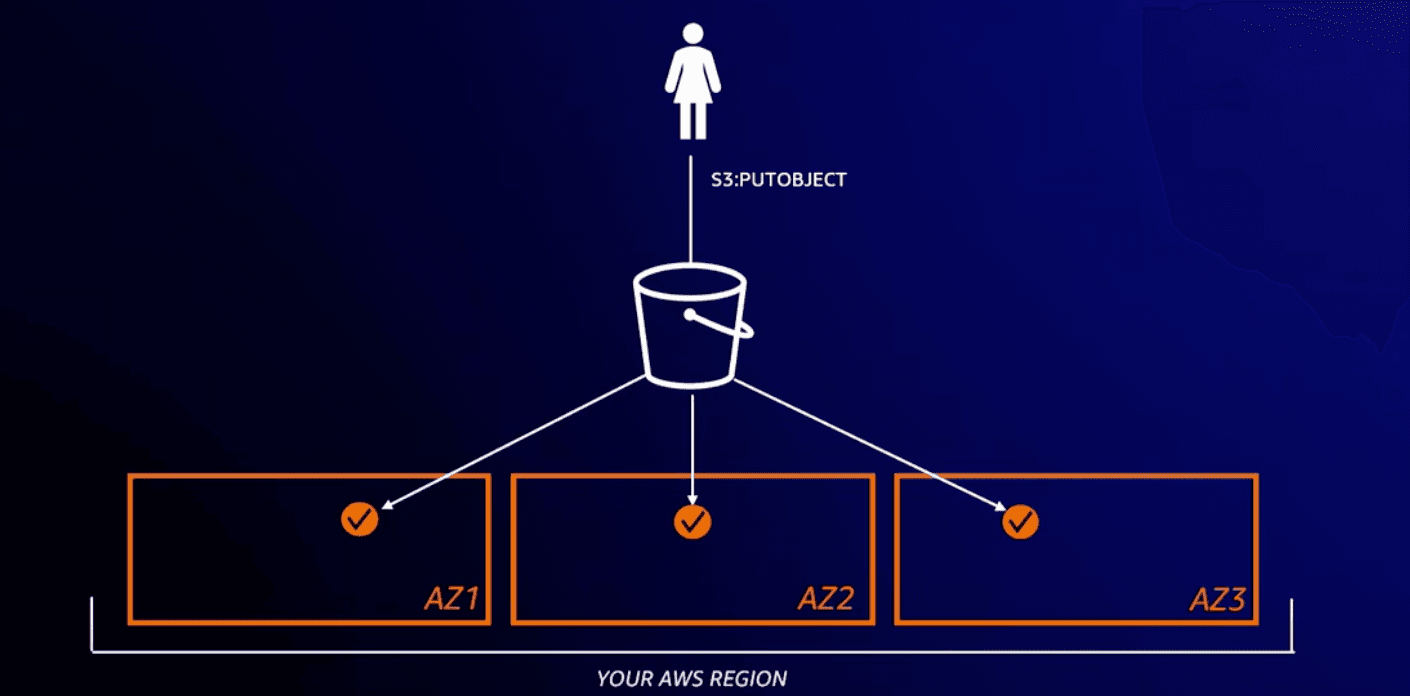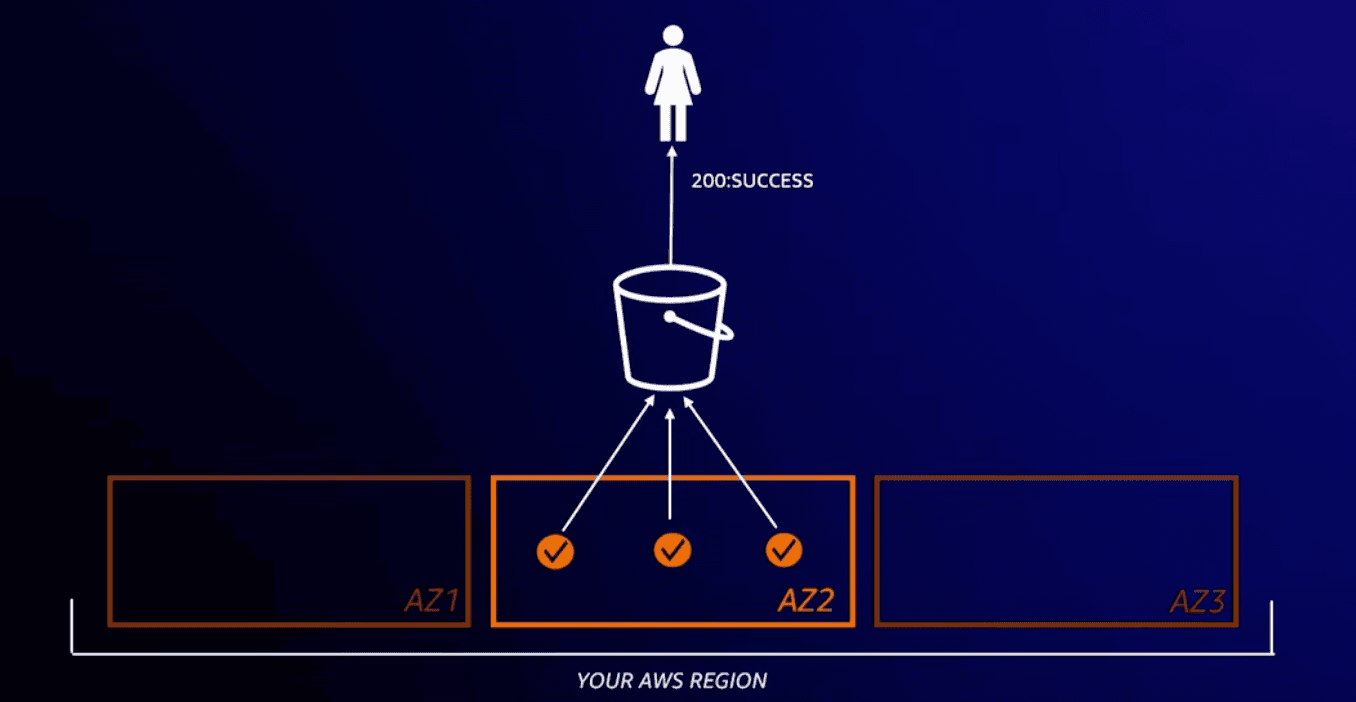
S3 Express One Zone and Directory Bucket
In re:Invent 2023, AWS launched S3 Express One Zone, "reinvented" high-speed object storage. Let's explore!









- Objects within Directory buckets cannot have tags applied to them. Consequently, attempts to copy an object with a tag to a Directory bucket will result in a 501 Not Implemented response.
- Directory buckets become inactive after remaining idle without request activity for 3 months. During this inactive state, the buckets are inaccessible for both read and write operations. Reactivation occurs upon access request, which might take a few minutes, leading to 503 slowdown responses for read and write requests.
- Only Server Side Encryption with S3 Managed keys (SSE-S3) is supported for Directory buckets. Other encryption methods like SSE-KMS and SSE-C are not compatible.
- Several essential S3 features such as Multi-Factor Authentication, S3 Versioning, Replication, Inventory reports, and S3 event notifications are not supported in conjunction with Directory buckets.
- The authorization model differs for Directory buckets, lacking object-level authorization; instead, authorization must occur at the bucket level.
- Currently, Directory buckets are supported only in specific regions: us-east-1, us-west-2, ap-northeast-1, and eu-north-1.
- https://aws.amazon.com/blogs/storage/tag/amazon-s3-express-one-zone/
- https://youtu.be/IGQtG-7kbbM
- https://aws.amazon.com/s3/storage-classes/express-one-zone/integrations/
